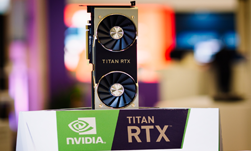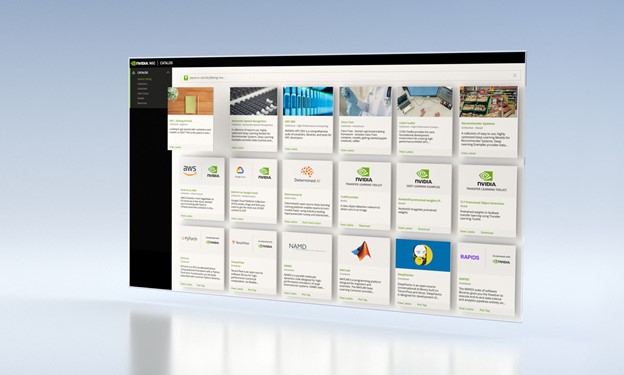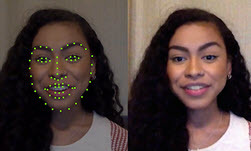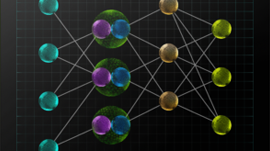At NeurIPS in Montreal, Canada, NVIDIA introduced the TITAN RTX, the world’s most powerful GPU for the PC, providing massive performance for AI research, data science and content creation. Below is a summary of the newly announced developer software which will take advantage of the NVIDIA Turing architecture behind the TITAN RTX.
NGX SDK
NVIDIA NGX is a new deep learning powered technology stack bringing AI-based features that accelerate and enhance graphics, photos, imaging, and video processing directly into visual applications. Developers have easy access to pre-trained AI networks for Image Up-Res for both still images and and video sequences, Image In-Painting where a mask guides parts of an image to be replaced, and AI Slow-Mo where AI creates new video frames to insert into a sequence.
The NGX features are designed to leverage the Tensor Cores on NVIDIA RTX GPUs for optimal performance. The NGX SDK will automatically update features on machines that use them so customers are always up to date with the best capabilities.
The NGX SDK is now available to select developers through our Early Access Program. Apply here.
Video Codec 9.0 SDK
The Video Codec SDK includes a complete set of APIs, samples and documentation about hardware accelerators used for video encode and decode on NVIDIA GPUs, for Windows and Linux. The video encode and decode accelerators (NVENC and NVDEC) are dedicated hardware blocks on NVIDIA GPUs, and are independent of CUDA Cores.
Turing brings substantial video encode quality improvements in all GPUs. Additionally, Turing brings up to 3x improvement in the video decoder throughput in NVIDIA professional cards (Quadro & Tesla).
Notable features of Video Codec SDK 9.0 are: Higher quality encoding for H.264 & HEVC, ~15-18% lower bitrate than Pascal at same quality, support for HEVC B-frames, HEVC 4:4:4 decoding, direct video memory output for encoded bitstream.
Video Codec SDK 9.0 is available now to select developers through our early access program and the public release is planned for early 2019. Register for early access.
Optical Flow SDK
The Optical Flow SDK gives developers access to the latest hardware capability of Turing GPUs dedicated to computing the relative motion of pixels between images. This new hardware uses sophisticated algorithms to yield highly accurate flow vectors, with robust frame-to-frame intensity variations and tracks the true object motion faster and more accurately.
One of the most important applications of optical flow is to track objects within video frames. The Optical Flow SDK requires an NVIDIA Turing GPU and is available to select developers through our early access program. Learn more about Optical Flow SDK.
Deep Learning
NVIDIA Open-Source Portal
NVIDIA unveiled a portal for open-source products and research projects. It organizes and highlights the key projects from across our 140+ GitHub repos and connects to relevant material. The portal is now live at developer.nvidia.com/open-source.
Software Optimizations for Deep Learning Training
The latest 18.11 release of NVIDIA GPU Cloud (NGC) containers for deep learning frameworks and libraries help accelerate deep learning training with minimal effort for researchers and developers. Learn more about the recent optimizations in this blog. Download the latest deep learning framework containers from NGC.
PhysX SDK Open-Sourced
PhysX SDK 4.0 will arrive before the end of the year, and it will provide industrial grade simulation quality at game simulation performance. New features in 4.0 include Tempora Gauss-Seidel Solver (TGS), which makes machinery, characters, and anything else that is jointed or articulated much more robust. Stability and scalability have been improved, new bounding volume hierarchies support fast scene queries for actors with a huge humber of shapes, and infrastructure can now incorporate Cmake projects.
In addition, PhysX SDK has gone open source, starting this week with version 3.4. With access to the source code, developers can debug, customize and extend the PhysX SDK as they see fit. Learn more about PhysX SDK 4.0.










